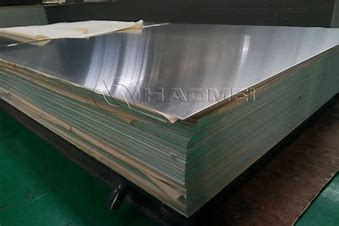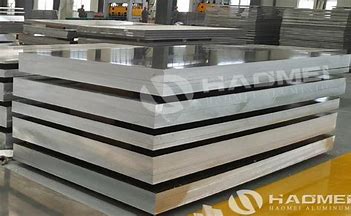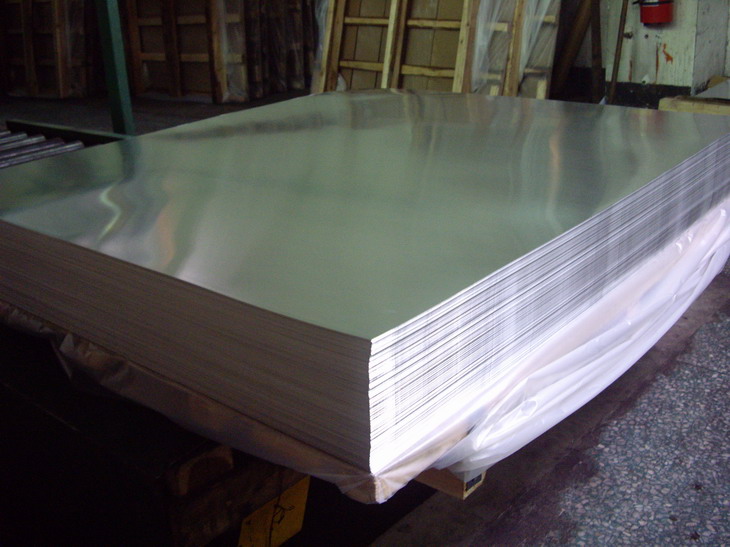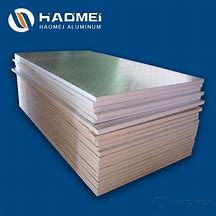



Aluminum sheet is a highly reactive metal, which means that it is quick to react with its environment. However, it has a self-passivating property, which means that it forms a thin layer of oxide on its surface when exposed to air. This layer is very stable and prevents the metal from reacting further with the environment.
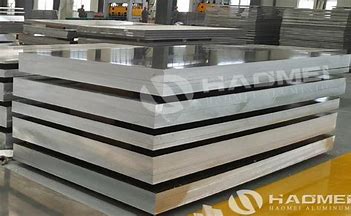
This self-passivating property of aluminum is due to the formation of aluminum oxide, which is a highly stable compound. The layer of aluminum oxide that forms on the surface of the metal is very thin, typically only a few nanometers thick, but it is enough to protect the metal from further reaction.
When aluminum is exposed to an acid, the aluminum oxide layer dissolves, exposing the underlying metal. The exposed metal reacts with the acid to produce aluminum ions and hydrogen gas. The reaction is exothermic, which means that it releases heat. This heat can help to speed up the reaction by increasing the kinetic energy of the reactants. However, as the reaction proceeds, the aluminum oxide layer reforms on the surface of the metal, slowing down the reaction.
Similarly, when aluminum sheet is exposed to an alkali, the aluminum oxide layer dissolves, exposing the underlying metal. The exposed metal reacts with the alkali to produce aluminum hydroxide. Aluminum hydroxide is not very soluble in water, so it precipitates out of solution and forms a protective layer on the surface of the metal. This protective layer slows down the reaction between the metal and the alkali, preventing the metal from dissolving completely.
Therefore, aluminum does not dissolve completely in the presence of an acid and an alkali at room temperature because of the protective layer of aluminum oxide and the formation of a protective layer of aluminum hydroxide. These layers slow down the reaction between the metal and the acid or alkali, preventing the metal from dissolving completely.
In summary, the self-passivating property of aluminum sheet is due to the formation of a thin, stable layer of aluminum oxide on its surface. This layer protects the metal from further reaction with the environment. When aluminum is exposed to an acid or an alkali, the protective layer dissolves, exposing the underlying metal. However, the reaction is slowed down by the formation of a new protective layer of aluminum oxide or aluminum hydroxide, which prevents the metal from dissolving completely.
* Thank you for your inquiry. Please provide your business needs information so that we can better serve you.
This information can help us assign the most suitable person to solve your problem. We will give you feedback within 1-2 working days.
Related Blog
